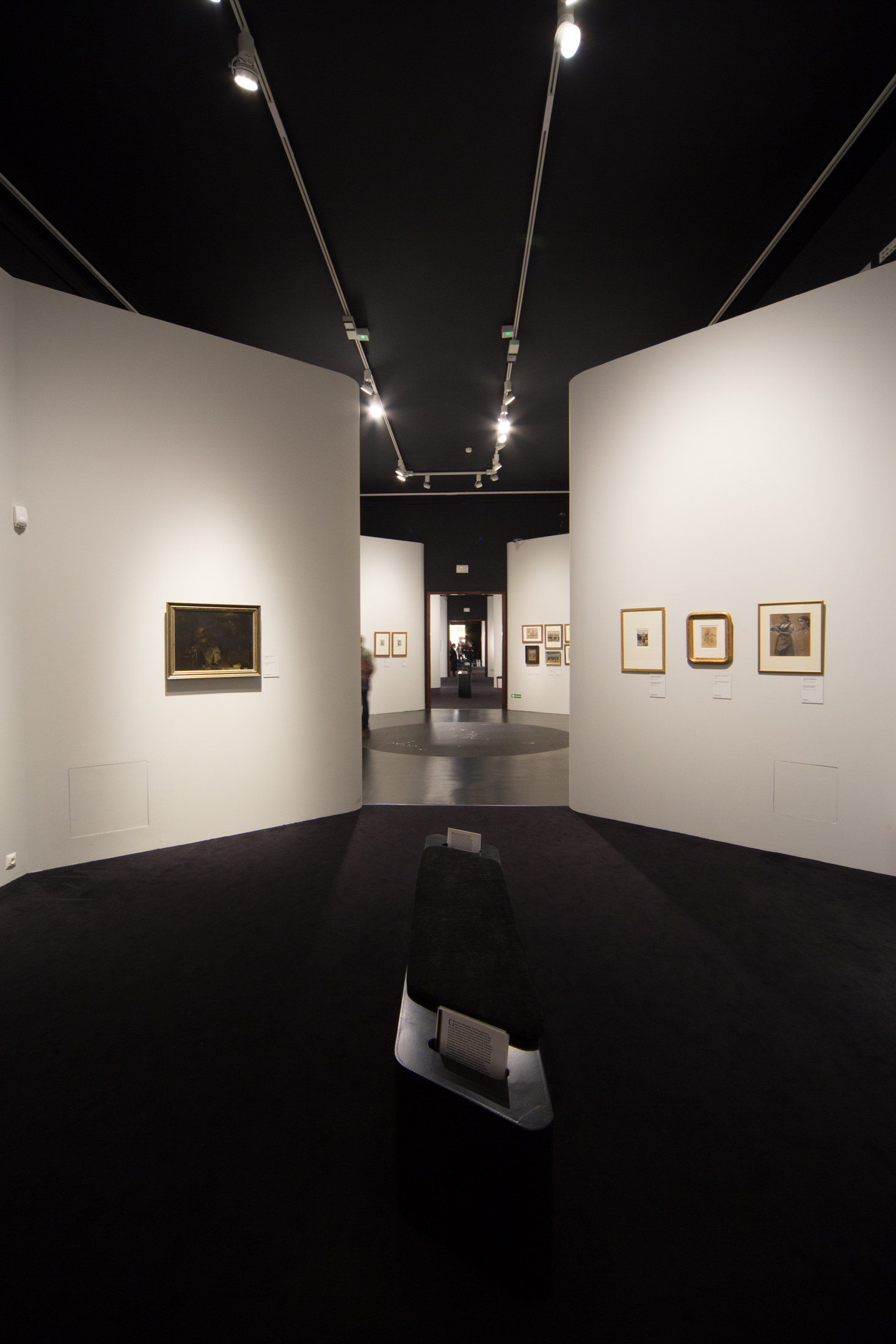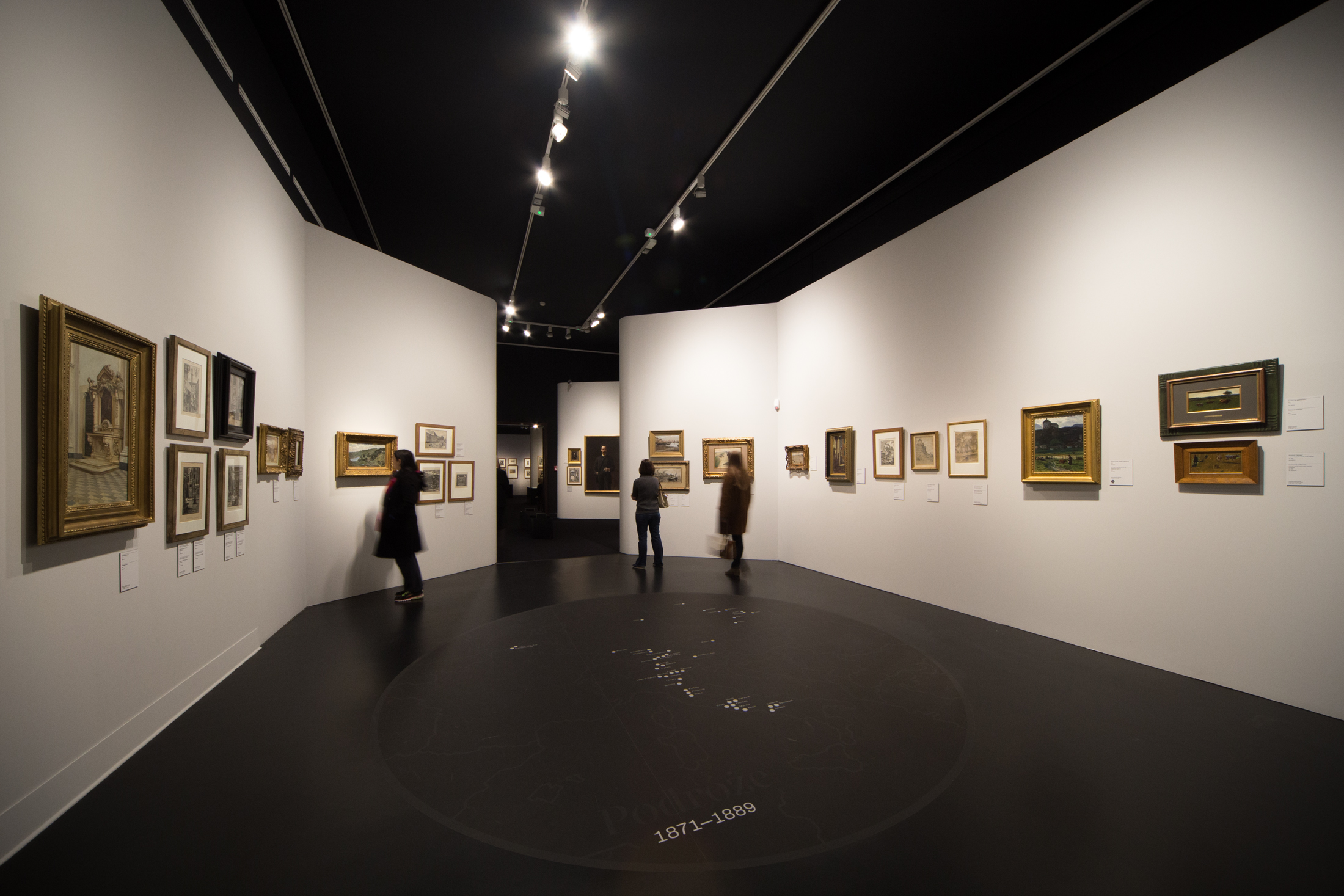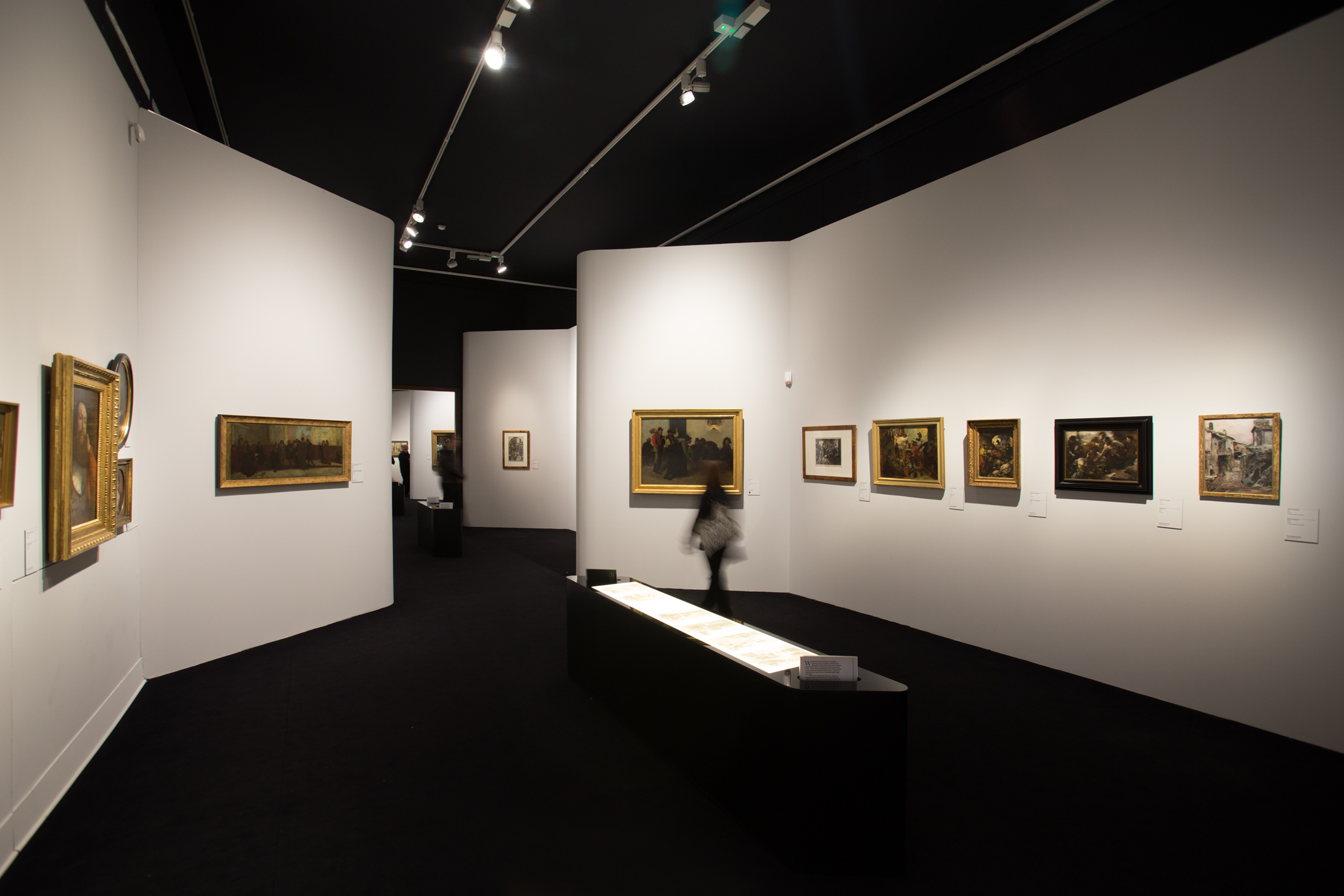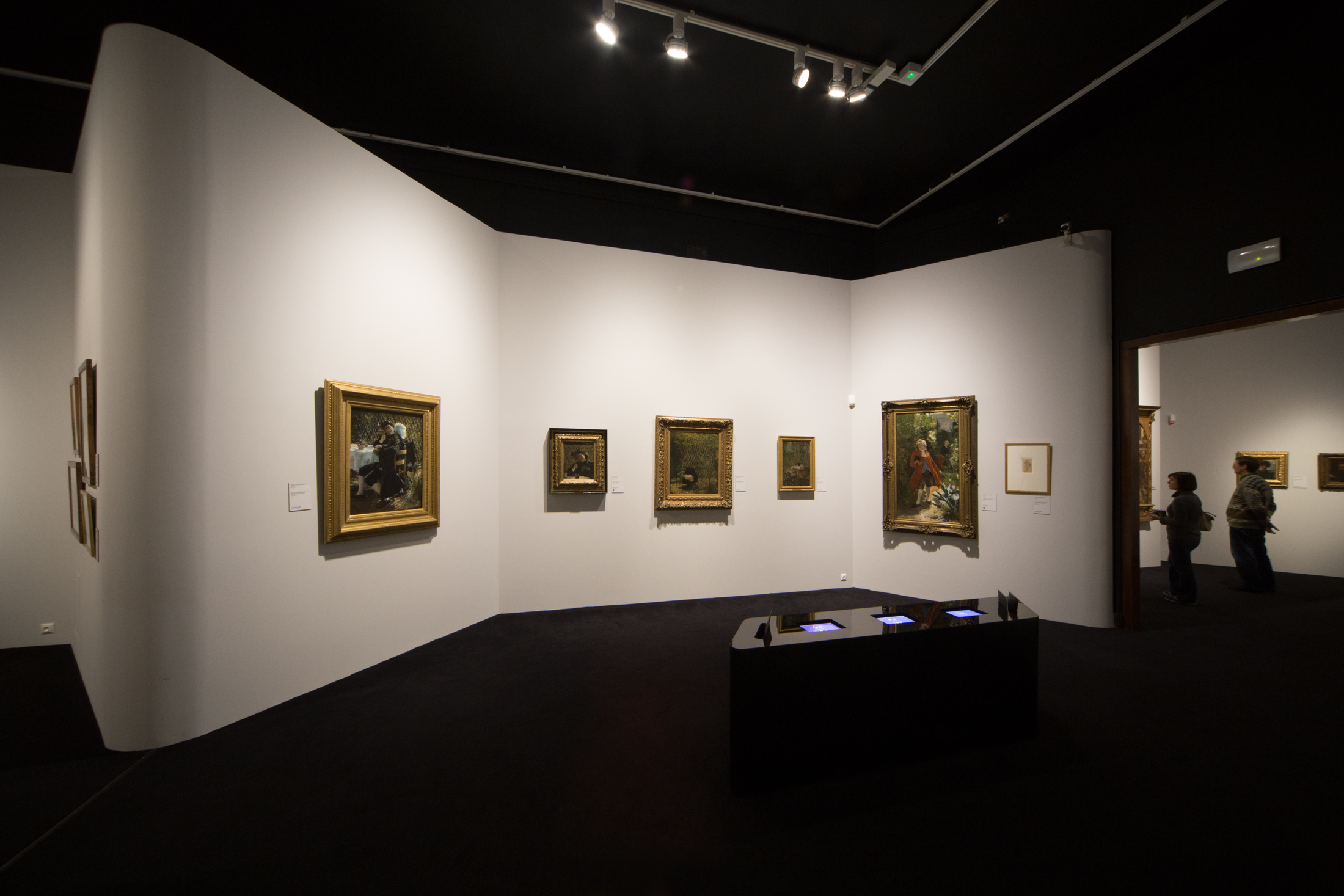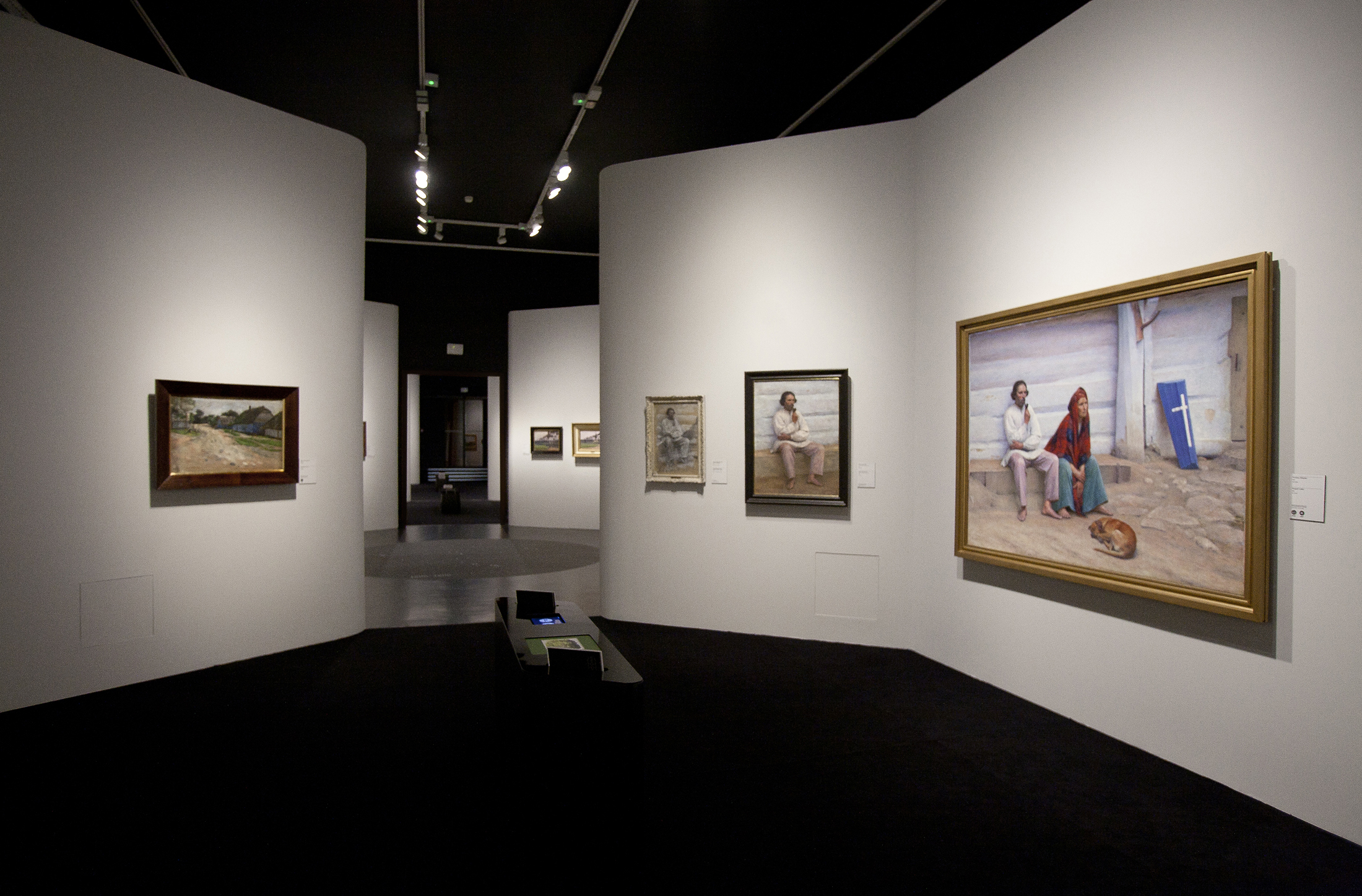Exhibition
The arrangement of an exhibition should provide a neutral background for the works of art presented and create comfortable conditions for the viewers to see them. We made such an assumption while designing the setting for the exhibition of works by Aleksander Gierymski at the National Museum in Warsaw. It could be seen from 20 March to 10 August 2014.
The monographic exhibition ?ALEKSANDER GIERYMSKI 1850-1901? prepared by the Warsaw museum presents almost the entire available legacy of Aleksander Gierymski - about 120 paintings and oil sketches, 70 drawings, nearly 110 woodcuts and photographs of models posing for the artist. Due to the number of exhibits, another important issue determining the shape of the project was the need to enlarge the exhibition space.
The key element of our project is an additional structure inserted into the existing interiors in the form of a long white ribbon running through all the rooms and creating 15 visually connected octagonal rooms. This allowed for extra wall space and the possibility of properly displaying the more important works. At the same time, the space organised in this way "draws" the viewers in, so that when they stand in one room they can see what is on the walls of the next one.
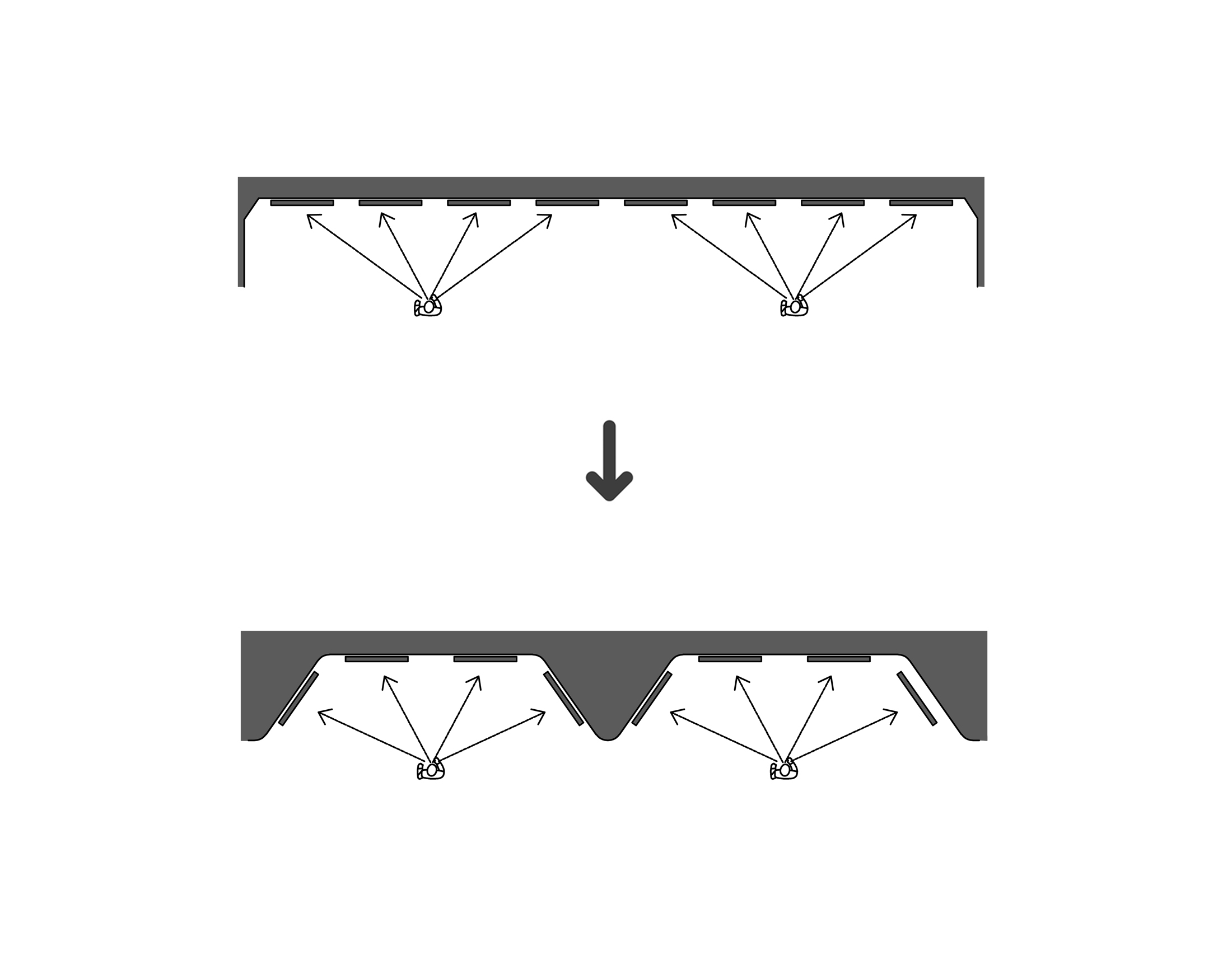

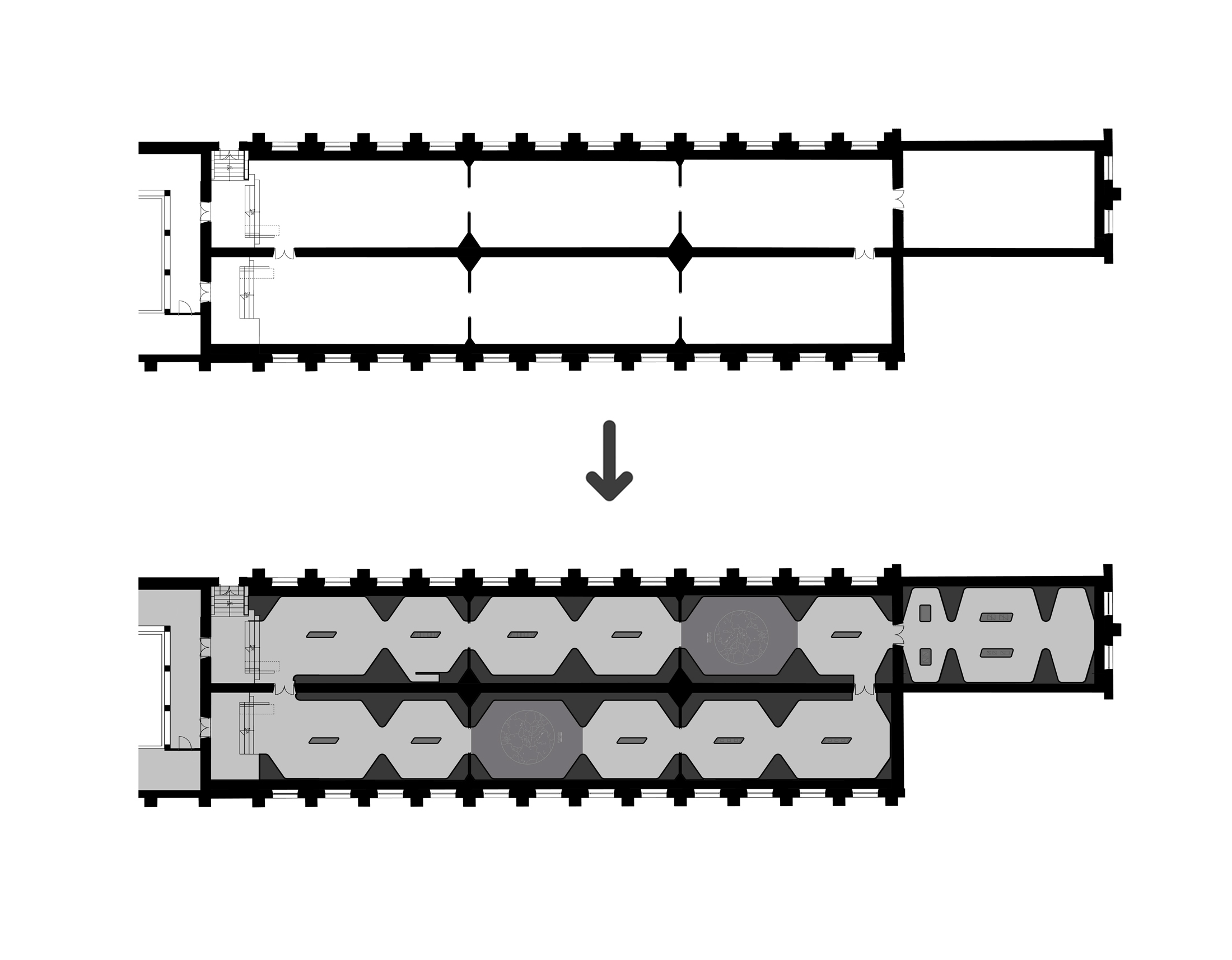
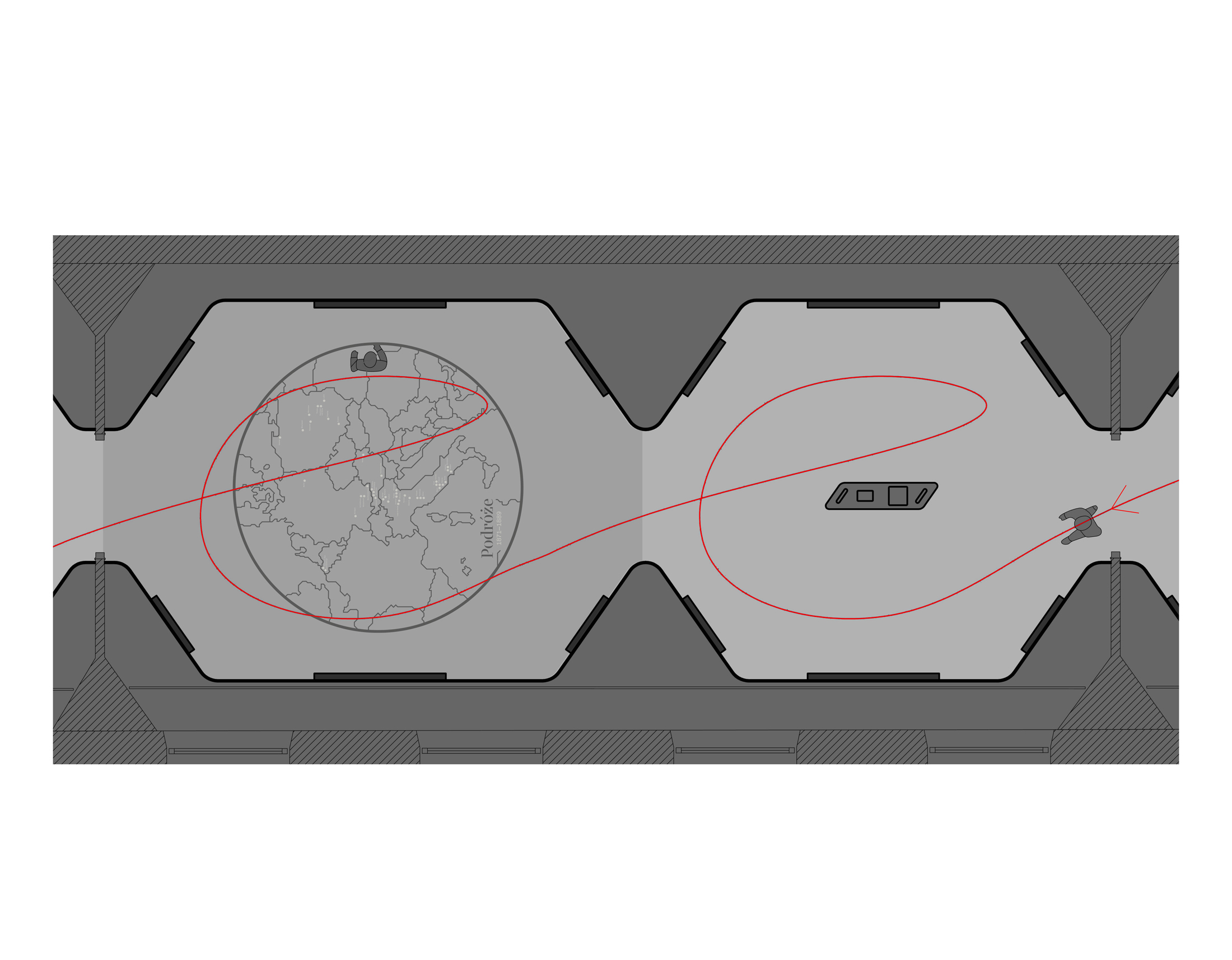
Space
Three colours have been used in the design: the ceiling and floors are black, while the ribbon on which the works are displayed is white in the painting area and light grey in the graphics and sketches section. These wall colours provide a neutral background for the objects on display.
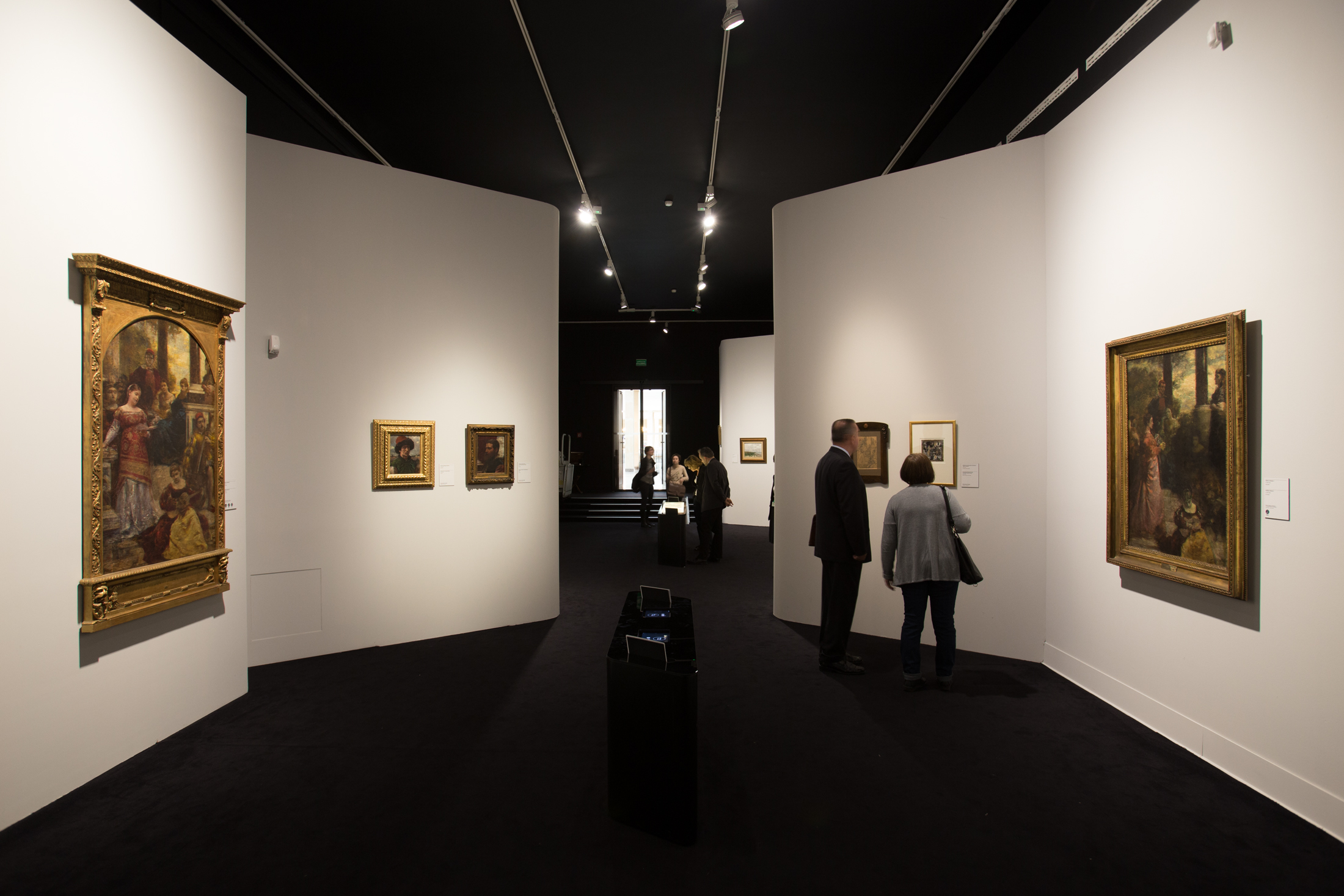
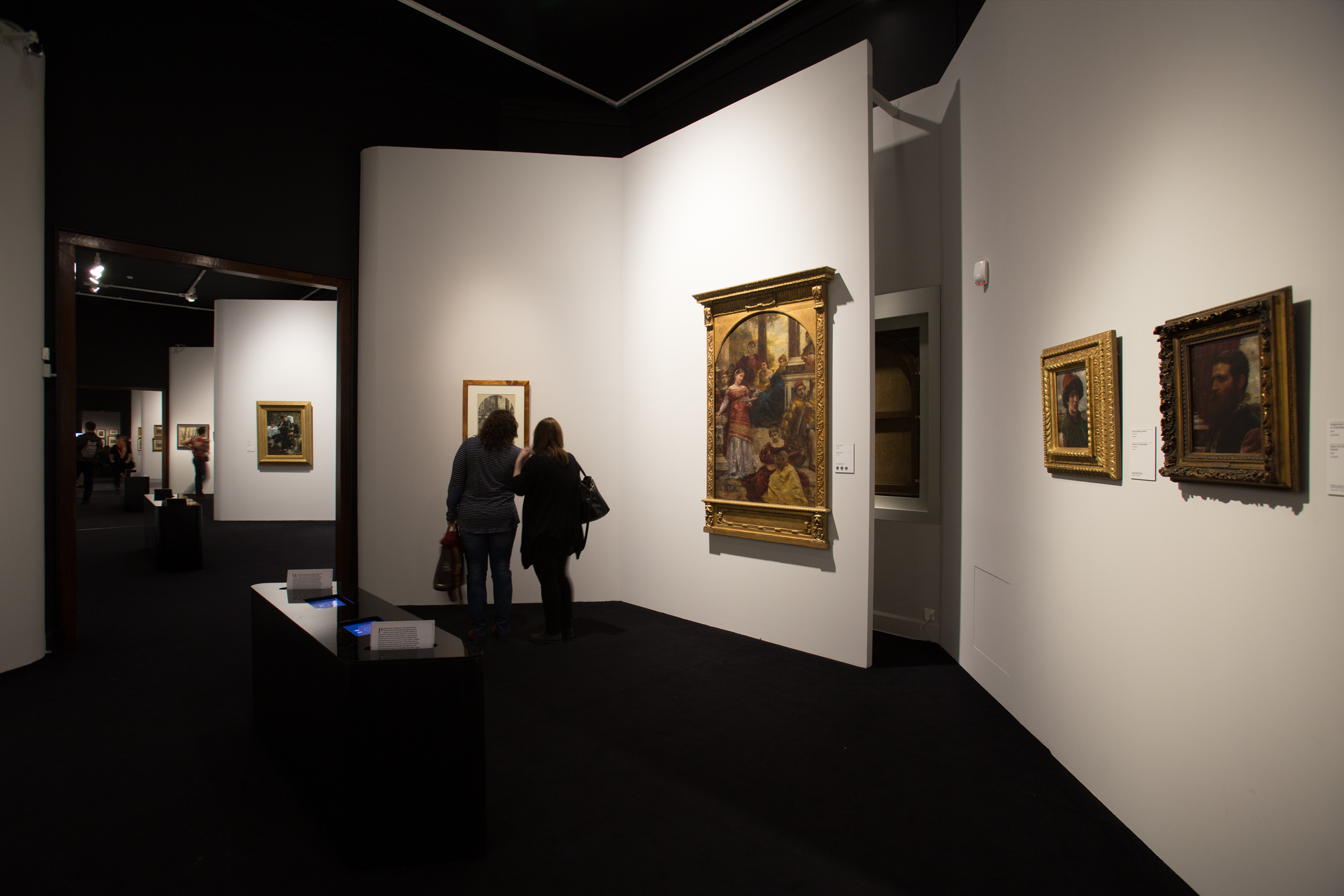
Invoices
The flooring design was inspired by Gierymski's paintings themselves. They often feature contrasting textures: the artist juxtaposed smooth black shadows with thick layers of paint. We decided to achieve a similar effect: most of the floor was covered with a black carpet with rather long pile, on which visitors' feet leave traces. In contrast, in two rooms we used smooth black linoleum. The exhibition is complemented by furniture. Black lacquered, rhomboidal blocks with rounded corners are sometimes used as seats, other times as display cabinets or monitor stands for multimedia presentations.
Photo. Piotr Ostrowski, Monika Bajkowska / National Museum in Warsaw
